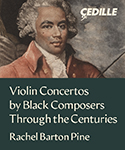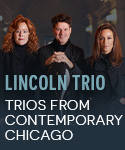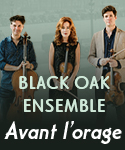The final installment of Paul Lewis’ Beethoven sonata cycle turns out to be more consistently satisfying than its three predecessors. Much care and forethought obviously inform Lewis’ Op. 10 interpretations. The C minor (No. 1) and F major (No. 2) finales and D major (No. 3) opening Presto convey requisite excitement and propulsion not so much for speed as for Lewis’ acute contrapuntal and textural awareness. These virtues decidedly contribute to all three sonatas’ broad yet well-sustained slow movements, although his arch distention of the C minor first-movement second subject nearly brings the music to a standstill.
Either by chance or by design, the basic tempos for each of the Pastorale sonata’s four movements correspond arithmetically. More importantly, the results convince, except for Lewis’ limp, unfrisky Scherzo. Although the pianist’s fastidious detailing doesn’t exactly make the Op. 49 sonatas sound like easy pieces, at least they don’t capsize under the weight of his ample tone. And while Lewis masterfully controls the torrents of notes in Les Adieux’s outer movements, he’s not averse to pushing ahead when appropriate.
Op. 109’s gorgeously nuanced, perfectly proportioned first movement takes the composer’s Vivace ma non troppo directive to heart. By contrast, the second movement is a bit too contained and lacks the explosive impact of a true Beethoven Prestissimo. The last-movement variations effortlessly flow in and out of each other, and it’s instructive to hear the main theme as a “walking” Andante rather than a Largo burdened with the weight of the world. My earlier comment about the Pastorale sonata’s tempos applies to Lewis’ sensitive, intelligently unified, and unfailingly singing account of Op. 110, one of the finest versions in the catalog.
Op. 111’s Maestoso is broad to the point of losing its backbone (the dotted rhythms hardly match Pollini’s bleak thunderbolts), while the opposite holds true regarding the Arietta’s tightly-held tempo relationships, intensely resonating dissonances, plus hypnotic legato phrasing that’s usually difficult to achieve in the piano’s extreme registers. In short, if you’re curious about Paul Lewis’ Beethoven, this release is the best place to start. [6/5/2008]
































